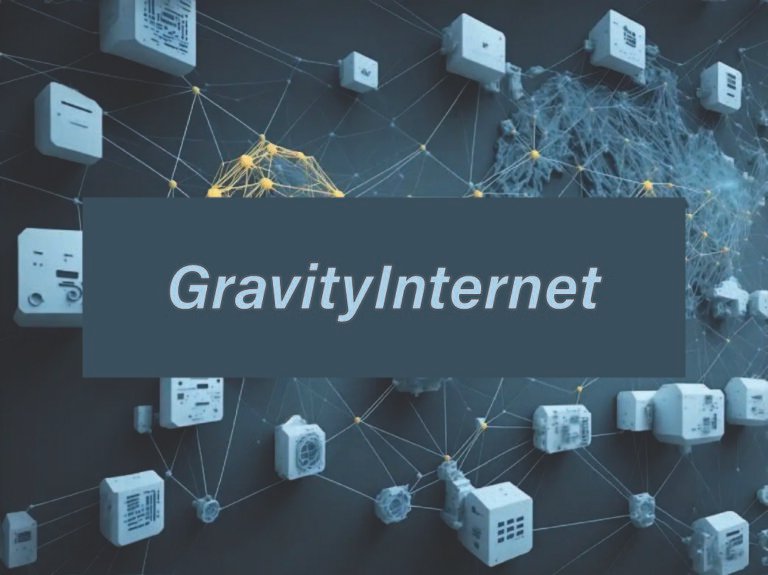Cybersecurity compliance is crucial for your business. Our expert services help you meet regulatory standards and protect your data from threats.
Understanding Cybersecurity Compliance
IT compliance is one of the most essential parts of the business world in the contemporary society as it deals with a collection of requirements that help firms shield their data against external threats. Compliance places obligations on businesses and thus ensures that all the required measures for protection of an information system are put in place, hence protecting customers and partners’ trust.
Oh yes, there are many rules that companies and businesses need to follow in the area of cybersecurity compliance of which the following form the main frameworks: The General Data Protection Regulation is a fundamental data protection law that compels organizations to safeguard personal data of EU citizens. To achieve GDPR compliance, you need to adopt strategies like data encryption, auditing the processes periodically, and designating DPO.
Likewise, the Health Insurance Portability and Accountability Act (HIPAA), holds the gold on the benchmark for safeguarding sensitive data within the healthcare industry. Any organizations that deal with protected health information must ensure that they have put in place physical, network, and process controls since these are elements that HIPAA regulations require.
Another important framework is the Payment Card Industry Data Security Standard (PCI-DSS), specific for industrial sectors that come into contact with credit card information. Overall compliance with the requirements set by the PCI-DSS standards includes some of the following standards: maintaining secure network connection; protection of the card holder data; implementing strict access control measures; and monitoring and auditing of networks.
CCPA stands for the California Consumer Privacy Act, it is a state privacy law which was enacted in 2018; CCPA grants consumers more rights for controlling their personal information. CCPA requires companies to: Inform consumers of the categories of personal information to be collected; Offer consumers an easy method by which they can opt out of having their information sold; and Delete consumers’ personal information upon request.
Failure to address these regulatory frameworks has drastic implications, Below are some of the penalties that are accorded to non-compliance; Potential legal consequences are: litigation or legal obligation and possible fines that can be large. Consequences in terms of monetary fines are also feasible and might act as stress on a firm’s financial capacity. In addition, the analysis found that weak data protection measures jeopardize the reputation of a business and strain its relationship with customers and partners, who may cancel contracts and relationships.
Steps to Achieve Cybersecurity Compliance
Cybersecurity compliance is an important aspect that needs to be attained in the organization but is a process that involves several elements that have to be followed deliberately. The first process is risk appraisal: It is important to assess the level of risk that surrounds a given project. This one focuses on assessing the risks that can be inherent or introduced into the organisational information systems. Then, it is easier to trace where the risk levels are at their highest, allowing businesses to focus efforts where the dangers are the most significant.
The next step after the formulation of effective security policies and procedures is the implementation of the measures. They should set the guidelines of the measures to be followed and the procedures to be followed in handling of such data and compliance with the existing laws. These procedures have to be elaborated and easily retrievable to the various employees in the company. Stable and reliable policies have been put into place to ensure that organisations follow secure standards in their operations to address the issue of data leakage and insecurity.
Just as important is the ability to put in place the appropriate security measures that may be required for diverse security threats. This includes the use of firewalls, encryptions, intrusion detection systems, and all related technology meant to safeguard the organizations information. The security controls should then be put in place taking into consideration the threats that have been recognized in the risk evaluation. Maintenance is key to ensuring that these controls are well equipped to tackle new and existing forms of threats.
Thus, there is a significant importance of compliance and auditing in maintaining the Cybersecurity compliance status. It is used to notice suspicious activities that may be a sign of a security threat in the early stages, and this makes it possible for integrative measures to be taken. A security audit is done now and then to confirm that security policies and controls are still properly implemented and robust. Such audits can reveal enterprise’ compliance deficiencies and such findings may open the door to improvements.
Last of all, educating the employees within the organization as well as sensitizing them on the importance of, and the steps required for security purposes, should be encouraged. The staff is, as a rule, the primary security shield that can hinder the execution of a Cybersecurity compliance threat. Recurring security awareness sessions are capable of increasing staff’s awareness regarding emerging threats, improved security measures, and their commitment to security standards.
Awareness programs can also serve as an education medium on/by which habitual scrutiny can be encouraged and employees be made to report any incidences of suspicious activities at the earliest opportunity possible.
For an organisation to pursue and sustain healthy cybersecurity compliance and protect its information infrastructure from threats while meeting regulatory requirements, it is fundamental to execute risk analysis, security policies and controls, evaluation, review and security cultural change.
Best Practices for Maintaining Compliance
It has been establish that being in compliance with Cybersecurity compliance demands is not something that can be accomplished one time but rather, it is a series of best practices that organizations must embrace continuously. However, one thing that seems to be of paramount importance is the ability to receive a constant flow of information regarding existing and upcoming regulations. Legal acts like General Data Protection Regulation, Health Insurance Portability and Accountability Act, and California Consumer Privacy Act are introduced forfrom time to time to meet the emerging threats. Such changes shall require business entities to invest in processes for monitoring the changes with a view of enhancing compliance strategies.
Security assessment should be carried out repeatedly, and security audit should be performed according to schedule to allow identification of threats and analyses of compliance. When done sequentially, such evaluations enable corporations to identify areas in their security systems that are vulnerable and then fix the issues in time before such lapses are exploited. Ideally, these audits should encompass all the areas within the organization’s Cybersecurity compliance environment and framework for protection as well as embracing all policies, procedures and mechanisms of information protection.
Another important element is that threat identification and protective measures on the behalf of Great Plains should be considered as a proactive process and corresponding protection against incidents as a reactive one. These include incorporating the ID S/IPS, which provides capability of identifying threats and preventing them from penetrating into the system. Multi-factor authentication is a form of security that puts up another barrier to before one is able to access the privileged information.
Both encryption of data in transit and data encryption are core general forms of safeguarding data. Encryption helps companies in the sense that even if data is transmitted and intercepted, the data cannot be accessed for use or interpreted in the wrong way by wrong hands. It should be noted that all valuable information or data – customer details, financial record, business information, etc. , must be encrypted.
The fourth one is the teamwork with cybersecurity specialists who will contribute their knowledge about cybersecurity compliance in the context of business processes. These security specialists can help identify emerging threats and provide advice on how to improve protection measures. Also, they can help in capacity building exercises such as staff awareness of risks and measures to take in case of threats occurrence.
Conclusively, it is critical to understand that compliance with cybersecurity regulations is, therefore, a complex and dynamic process that entails knowledge of changes in the legal framework, independent audits, technology integration, and consulting assistance. Through the implementation of the aforementioned practices, business entities can ensure secure storage of their data and hence, continue to meet regulatory compliance requirements while also reducing the likelihood of cyber threats.

Conclusion
Therefore, even though cybersecurity compliance might be a boring topic to discuss, it is one of the most important issues that you need to protect your business from. It is always important to follow rules and regulation which in this case ensures efficient protection of sensitive data to make the organization more reliable. With the increasing emergence of diverse and constant malicious activities in cyberspace, proper Cybersecurity compliance measures of an organization should be upheld and should conform to current required regulations to avoid disruptions.
According to details, regular audits, employing standard high-quality training to employees, and developing incident response plans are some of the core aspects of cybersecurity measures.
FAQs
Q: How often should compliance audits be conducted?
Audits of compliance investigations should be performed at least on an annual basis. Therefore, the frequency with which audits should be conducted depends on the size of your business and the style adopted. Audits ideally are conducted once a year, or when changes are made which can affect the overall security and compliance of your organization, to show your clients, business partners, and insurers that you are fully dedicated and paying attention to the company’s cybersecurity.
Q: What should I do in case of a data breach?
A: Depending on the type of breach and the data that was exposed, the sooner the appropriate course of action is taken the better. First, ensure that you limit the spread of the leak since this is one way of avoiding any further loss. After this, determine the degree of such violations and inform the relevant stakeholders in accordance with the legal standards. It is also important to notify the regulators about the breach as well as other authorities that may need to be informed. The recommended action is to make sure an extensive inquiry is conducted so as to identify the cause and subsequently ensure that steps are taken to avoid such occurrence in the future. It is also good to update your incident response plan so that it will be easier to control the breaches when they occur.
Q: Where can I find resources to stay informed about regulatory updates?
A: Regulatory changes are critical areas of concern when it comes to cybersecurity compliance to ensure that any new regulatory guidelines are being followed. Seek memberships in regulatory bodies, follow their newsletters, and engage in webinars and conferences as well. This position makes reliance on the resources including NIST, ISO, and GDPR websites helpful in offering compliance updates and details.










